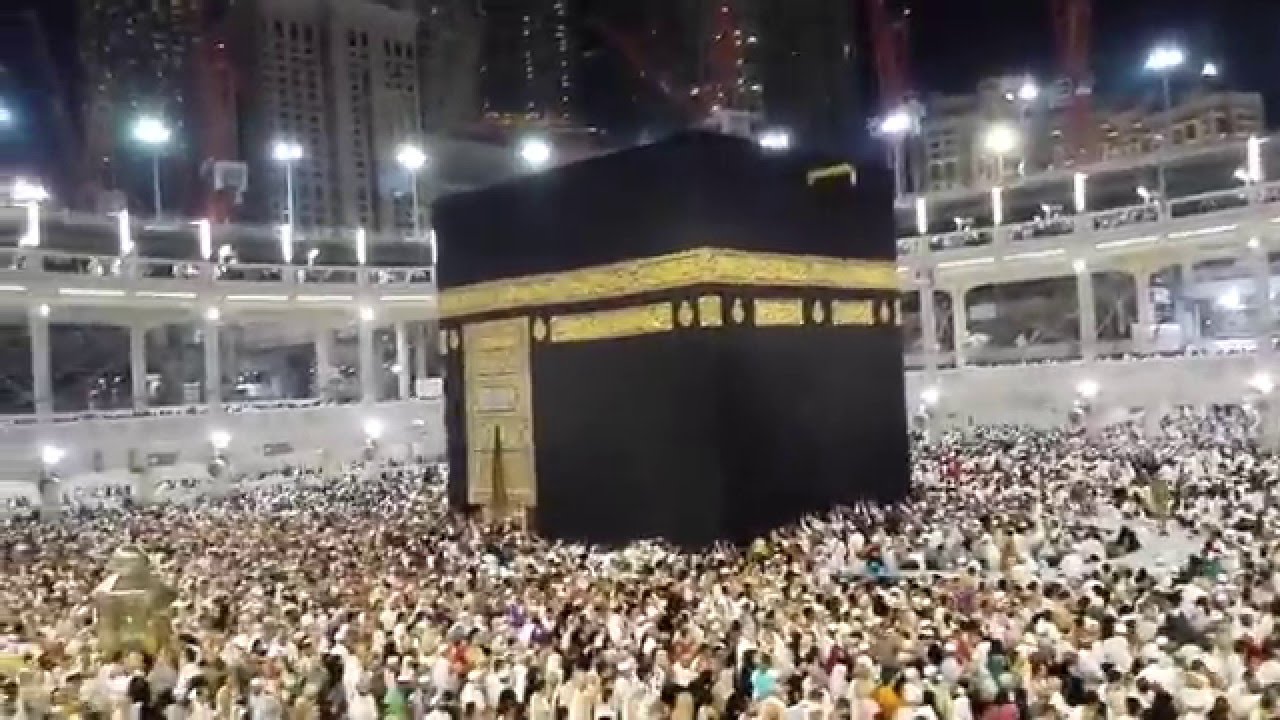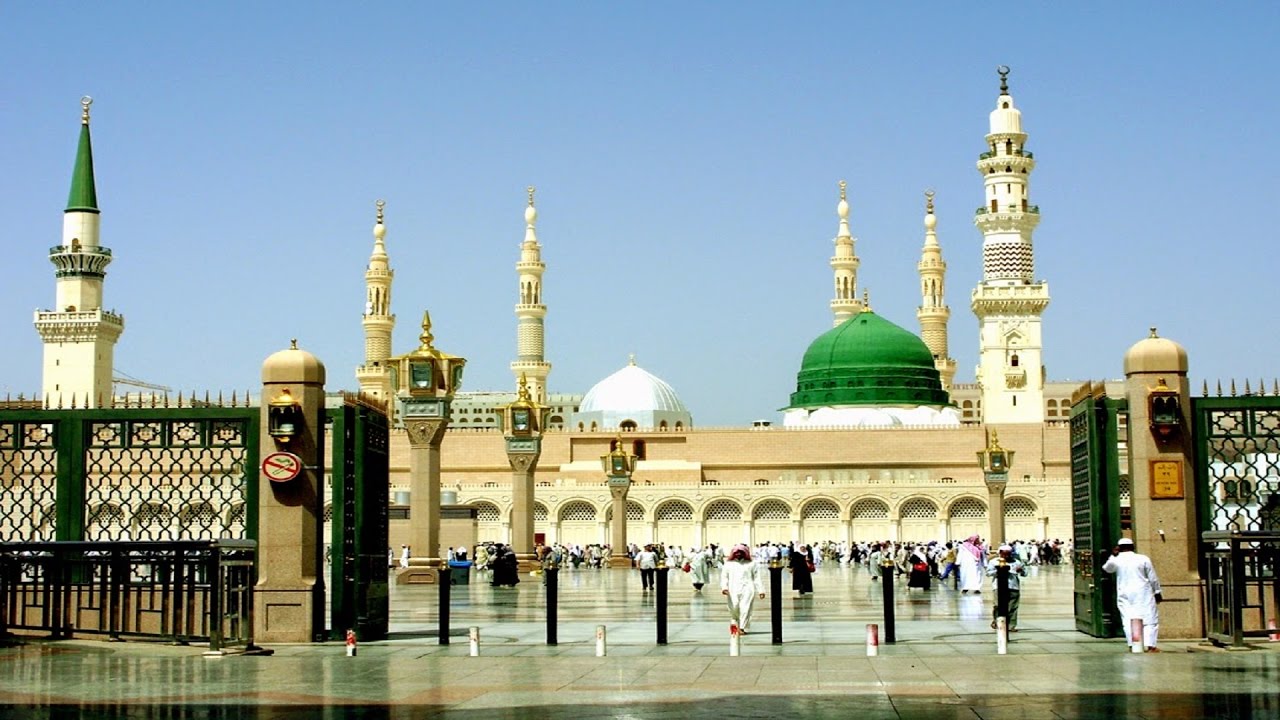Dars e Imam-kafani
“Bismillahir Rahmannir Raheem””Al-Hamdu Lillaahi Rabbil ‘Aalameen was Salaatu was- Salaamu ‘Alaa Sayidinaa Muhammadin wa Aalihi wa Asabihi Ajma ‘een (tauheed- risalat- ahkirat and islam-iman-ihsan)
WRITING KAFANI OR ALFI
This discussion has two topics,
1. Placing the Shajra Sharif, Ghilaaf of the Kaaba, Ahad-Nama or other sacred relics (Tabarruks) in the grave.
2. To write the Ahad-Nama or Kalima Tayyibah on the kafn or forehead of the deceased with the finger, sand or something else.
Both of these things are permissible and proven from the Ahadith and rulings of the Fuqahaa, However, the opposition rejects this.
PROOF OF WRITING KAFANI OR ALFl
Placing sacred relics (Tabarruks) of the Buzurgs, Ghilaaf of the Kaabe, Shajra Sharif or Ahad Nama in the grave is a means waseelah for the forgiveness of the deceased.
The Holy Quran states, “و ابغوا الیہ الوسیلۃ” Hadrat Yusuf (as) said to his brothers, “Take this shirt of mine and put it on the face of my father. He will regain his eyesight..This proves that clothes of the Buzurgs grant cure because that very shirt belonged to Hadrat Ibrahim (as) , As a result, it is hoped that the names of the Buzurgs will open the mind of the deceased and he will remember the correct answers [in the grave].
Sayyidah Umme Atia (ra)states that when they finished giving Ghusal to Sayyidah Zainab (ra)ا the daughter of the Holy Prophet(saws)they informed him of its completion. She narrates, “The Prophet(saws)then handed us his tahband (lower garment) and ordered that it be kept with the body in the kafan,” – Mishkaar, Baab. Ghuslil-Mayyit
Shaikh Abdul-Haqq (ra)writes under this, “This Hadith is the source of attaining blessings from the belongings and clothes of the pious just as how some disciples of the Mashaaikh place the kurta of the Mashaaikh in the grave,” 17.3 – Lam’aat
Speaking about his father, Saifuddin Qaadri (ra)Shaikh Abdul-Haqq (ra)writes, “It is appropriate that verses which discuss mercy and forgiveness be written on a piece of paper and kept with my kafn,” – Akhbaarul-Akhyaar
Shah Abdul-Azeez (ra)writes, “Placing the Shajra in the grave is the practice of the Buzurgs. This is done in two ways. The first is placing the Shajra on the chest of the deceased either above or beneath the kafn, which is prohibited by the Jurists. The second is making a niche in the grave at the head-side of the deceased and placing the Shajra within.” – Fataawa Azeezia
Hadrat Jabir (ra)states that the Holy Prophetﷺ” went to the grave of Abdullah bin Ubai (the Leader of the Hypocrites) after he was placed in the grave. He ordered for him to be brought out, placed his blessed saliva on him and dressed him with his upper garment.” – Mishkaat, Baabu Ghuslil-Mayyit
Once, Sayyiduna Rasoolullahﷺcame out wearing his tahband. Someone saw it and requested him for it. The Sahaaba replied, “The Prophetﷺ” had a need for the tahband at that time but rejecting someone who asks from him was not his habit.” When they asked the man why he requested it, he explained. “Oath on Allah(swt)! I did not ask for it to ear it, but that it, but that it may become my kafn. Sahl states that this tahband eventually did become his kafn. – Bukhart, Vol. 1, Kitaabul-Janaaiz, Baabu Man A’adal-Kafn
Sayyiduna Abdullah ibn Abbas (ra)reports that Rasoolullah(saws)gave his shirt to the mother of Sayyiduna Ali Fatima bint Asad (ra), as a kafn. He even placed her in her grave and buried her himself. When people enquired the reason for this, he explained, “I made her use my shirt so that she may attain clothes of Jannat. I placed her in her grave so that its narrowness is removed for her.” -Ma ‘arifatus-Sahaaba of Abu Nuaim and Musnadul-Firdaus of Dailmi
Allama Ibn Abdul-Bir (ra)states that at the time of demise, Hadrat Ameer Mu’awiya (ra)willed, ‘The Holy Prophetﷺblessed me with his clothing. I have kept them for this very day. Keep them beneath my kafn, Take the blessed hair and fingernails of the Messengerﷺand place them on my face, eyes and parts of Sajda- Kitaabul-lsti ‘aab fi Ma ‘arifatis-Sahaaba
Imam Haakim narrates from Hameed ibn Abdur-Rahman Rawaasi that Hadrat Ali (ra)once had some musk. He stated in his will, “Perfume me with this musk because it is the remainder of Sayyiduna Rasoolullahﷺ” – Mustadrak
Other references like these can be produced but we make do with this much. Those who want further insight should refer to the treatise ‘Al-Harful-Hasan of Alahazrat
It is permitted to write the Ahad Nama or Kalima Tayyiba either on the deceased’s forehead or kafn. Similarly, placing the Ahad Nama in the grave is also allowed (written either with the finger or with something else).
Haal/kaifiyat=state of heart
Maqam =station of heart
When I want to talk to allah I say prayers and when I want that he talk to me I recite quran- Hazrath Ali(ra)
Make sure you forward this to others .


